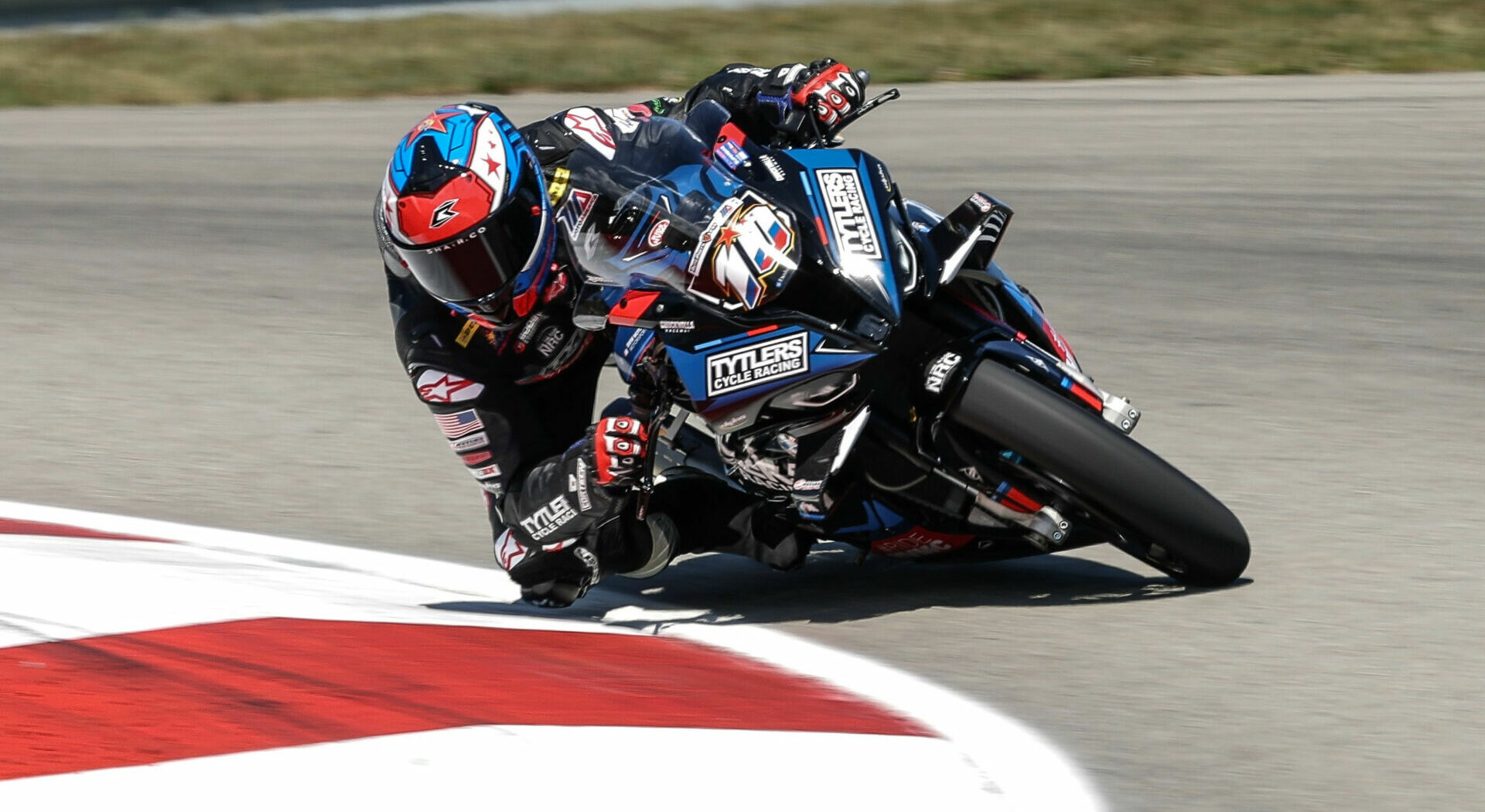Copyright 2022, Roadracing World Publishing, Inc.
By Michael Gougis
Where and when there is a need, manufacturing follows. There is a need for helmets in Thailand, a country of 70 million people. According to the Pew Research Center, there are at least 15 million motorcycles in use in the country, or, to put it another way, an incredible 87% of all Thai households own at least one motorcycle. In comparison, only 14% of all U.S. households own a motorcycle.
Bilmola, a Thai company, started producing helmets for other companies in 2010, and has in recent years started to produce products under its own name. In 2020, the company established a U.S. headquarters in California, and early in 2022 introduced its latest high-performance, full-face helmet, the RC-1.
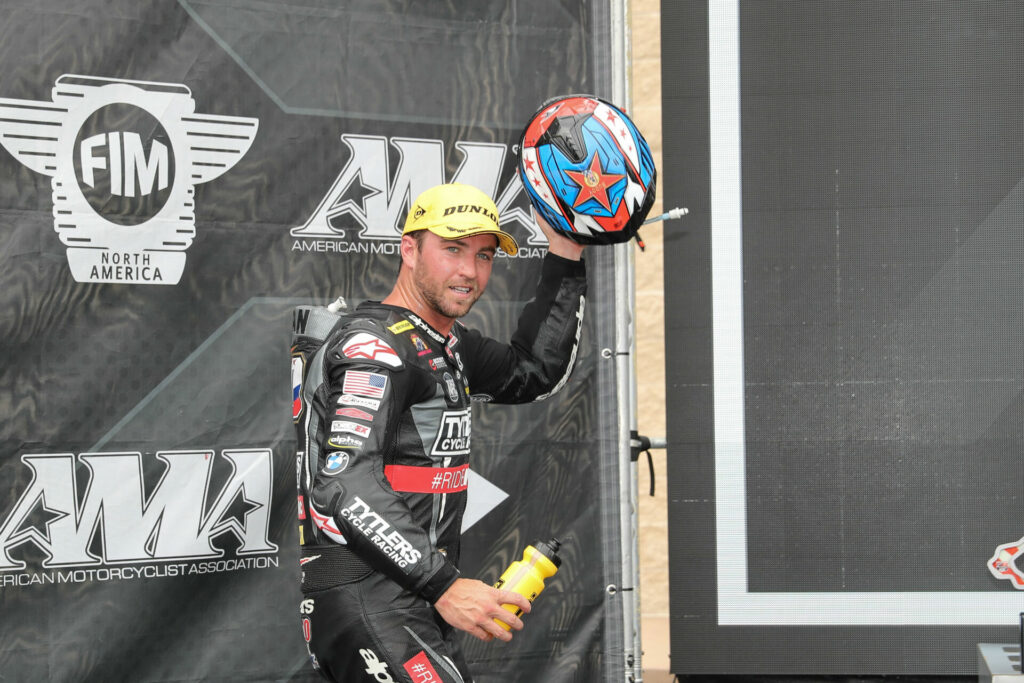
The helmet completely looks the part of a high-tech, cutting-edge protective device. The forged composite shell shows off its structural materials, with the helmet finished in a clear coat and the composites on clear display. The styling is angular, sharp and modern.
After several hundreds of miles wearing this helmet on a variety of motorcycles–sportbike, naked and touring–I can say it is an impressive first effort, although not quite up to the standards of the premium helmets that are in its price range.
Tech Specs
The Bilmola RC-1’s shell is made with a forged composite material and process. Also known as forged carbon, it differs from traditional carbon-fiber in that the pieces of carbon fiber are smaller and are pressed into position in the resin as it cures. The process does away with the labor-intensive manual layup of pre-impregnated sheets of carbon fiber.
According to a paper presented at the American Society of Composites 26th Technical Conference in Montreal in 2011, the process uses high pressures in addition to heat to cure the material. The process comes from the world of the truly high-end–it was developed by the Callaway Golf Company and Lamborghini!
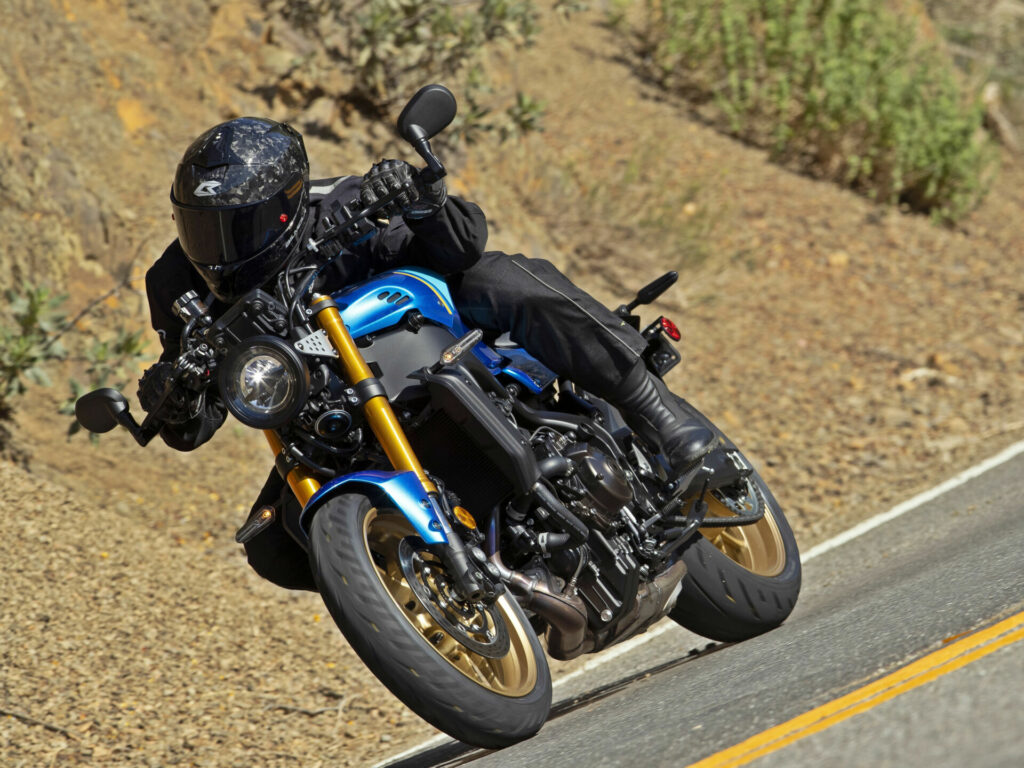
Forged composite materials are stronger that traditional carbon-fiber and have smaller variations in strength, and cures in three to five minutes, the paper states. In addition, it can be formed into more complex shapes. In the Lamborghini demonstration vehicle–the Sesto Elemento–the suspension control arms made from forged composite materials were cheaper and quicker to make and 30% lighter than the same part made from forged aluminum. Manufacturing suspension parts from the material took only six minutes from start to finished product, the paper stated.
The RC-1 comes in two shell sizes–medium and small. There are three different expanded polystyrene (EPS) lining sizes, and combined with different sizes of the lining material–a product the company calls Active Air padding–the helmet is available in six sizes from S to XXL.
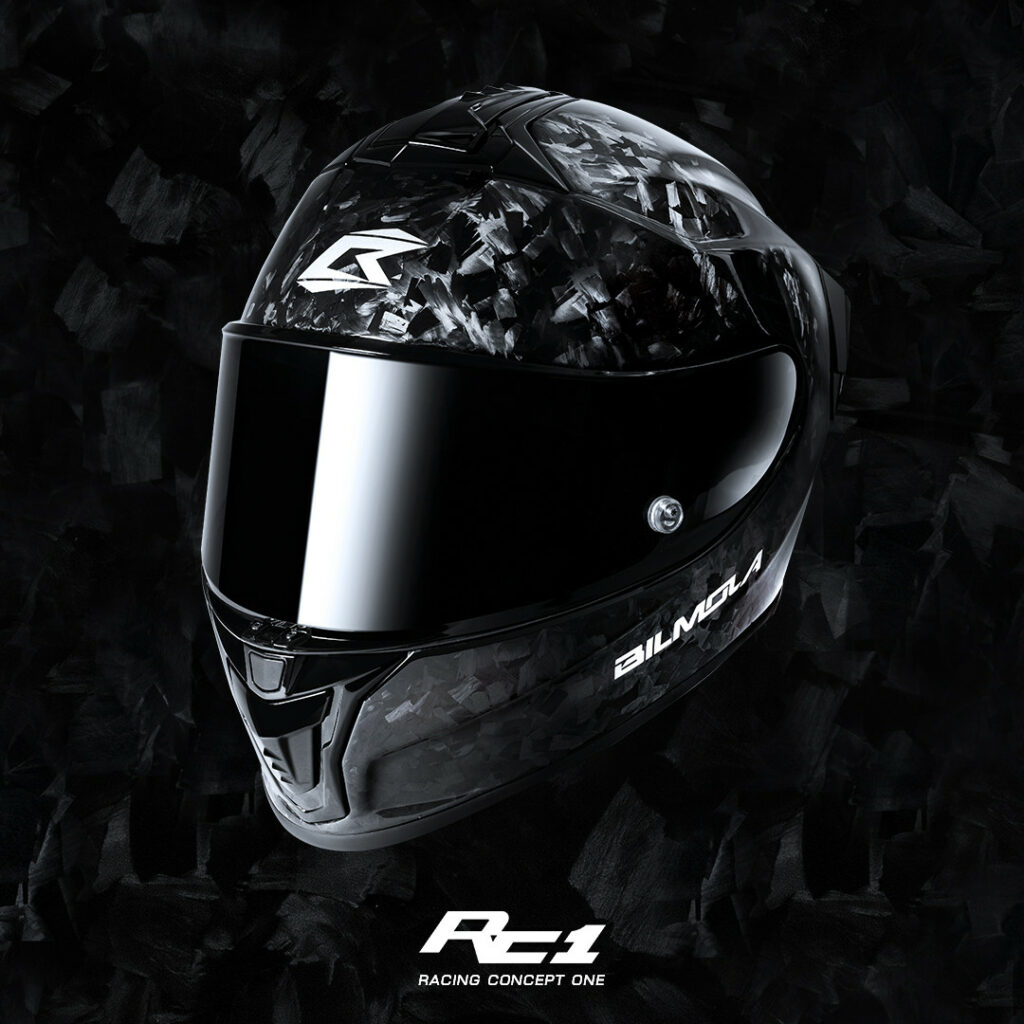
The shell is designed with a spoiler, two intake air vents–one at the chin, another above the visor–and two air extractors. The antibacterial lining is claimed to dry 30 to 50% more quickly than the industry standard. The optical-quality visor is made of an anti-scratch material and features a positive locking mechanism at the bottom and center of the visor. The visors come in dark smoke, light smoke, and clear, and are compatible with Pinlock 70 Maxvision inserts. A traditional dual D-ring system secures the helmet, and an emergency release tab releases the cheek pads with a single pull in case the helmet needs to be removed from an injured rider.
Weight is a claimed 1350 grams, or about 2.97 pounds. Suggested retail price is $523.
Riding Impressions
Picking up the RC-1 confirms the company’s claims on weight–it is very light in the hand. Changing the installed clear shield to the optional dark shield was a snap as well, with the rotational mechanisms clearly visible. On the positive side of the ledger, on my head (I tested the medium size) the helmet felt very light. The visor was indeed crystal-clear, and once secured, it did a very good job of sealing out the wind.
Airflow in the helmet was well controlled, although a bit more ventilation through the chin would have been helpful in the roasting Southern California spring and summer riding season. There was little or no buffeting, and sound levels inside the helmet were relatively low.
And the helmet looks completely badass. It got a lot of compliments from other riders, who thought it cost literally twice its actual price.
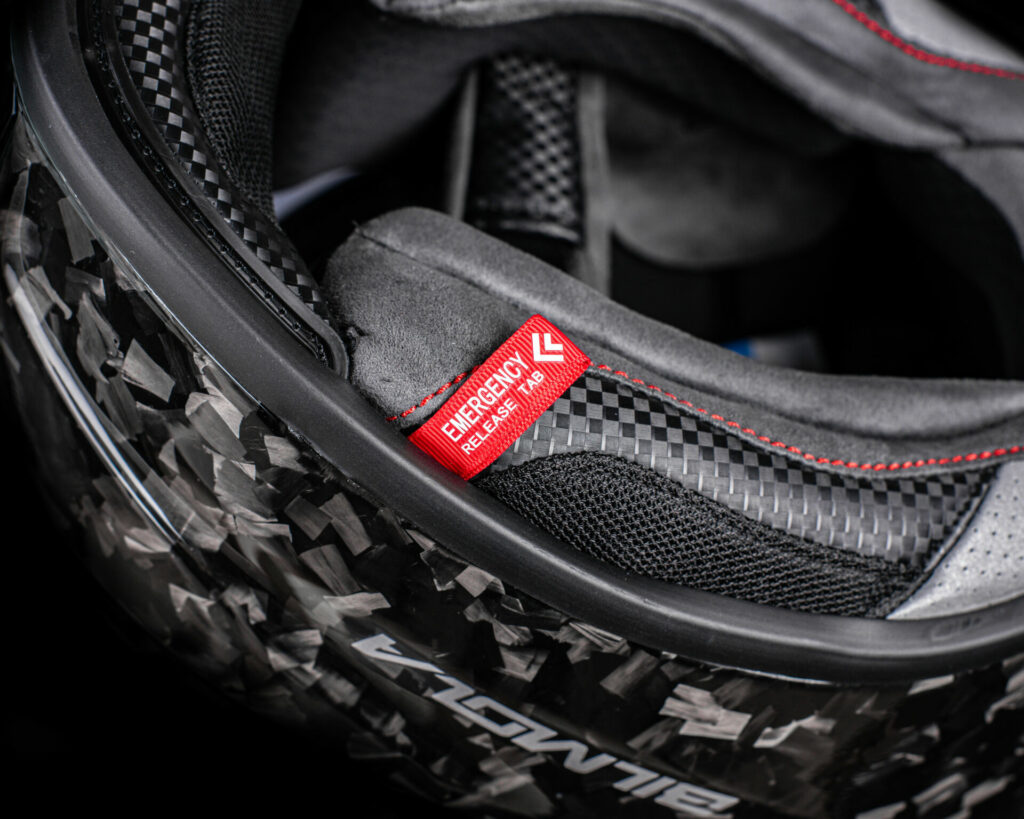
Negatives were few, and at least one is simply a matter of philosophy. Compared to the other helmets in this price range, the RC-1 felt less refined. While the sound levels were low, the helmet had a hollow sound, compared to the relative hush of higher-end helmets.
The lining handled sweat and perspiration well, but the edge of the EPS lining across the forehead had a sharp edge, compared to the larger-radius edge found on more premium helmets. This led to a hot spot of discomfort, although only after a hundred miles or more on a single ride. And the button release on the visor was a bit small and could be difficult to find with racing gloves on.
And the philosophy part? While the helmet meets ECE R22.05 and DOT certification standards, many if not most other helmets in this price range are Snell Foundation certified. For years, Snell certification has been the gold standard for premium helmets, and buyers in this market–especially for racing purposes–frequently are looking for that final assurance of performance in a crash. One unanswered question is, how does a helmet with a forged carbon-fiber shell perform in a Snell test compared to a helmet with a laminated fiberglass or laminated carbon-fiber shell? Does it absorb more energy and transmit less energy?
Overall, it is a very good first effort, and a helmet that with a bit more refinement could take its place as a product that, if not direct competition for the premium brands in the U.S., at least a viable, lower-cost alternative.






